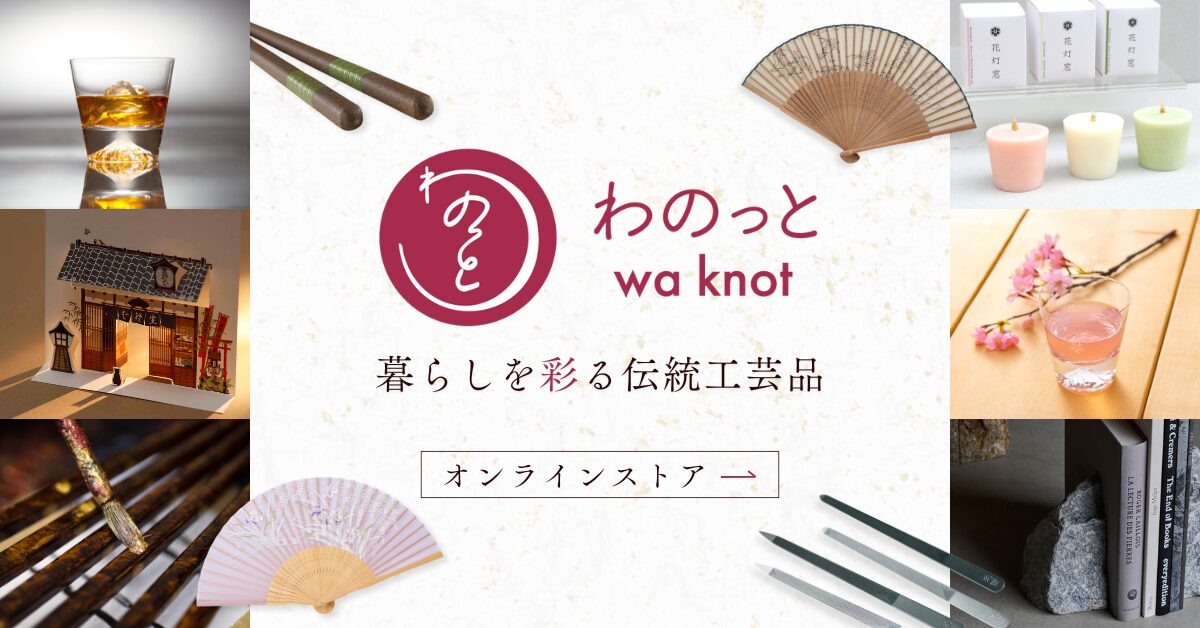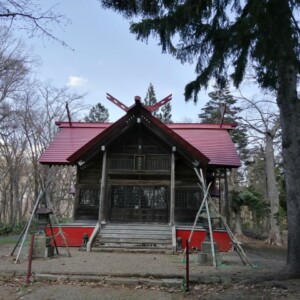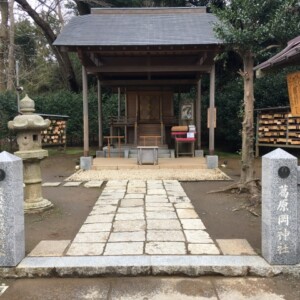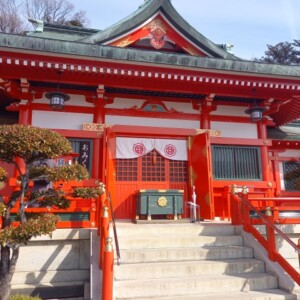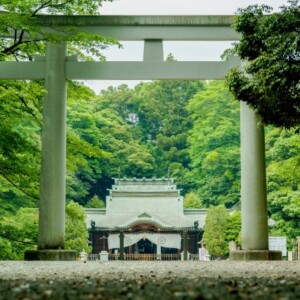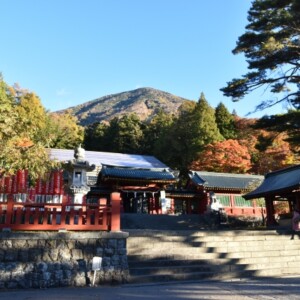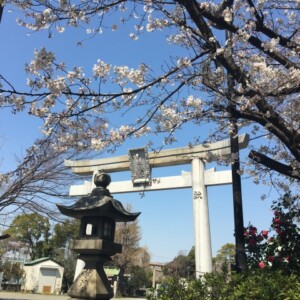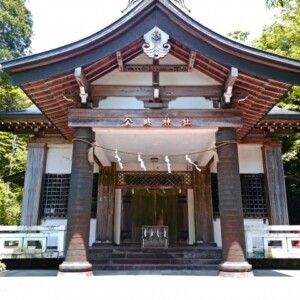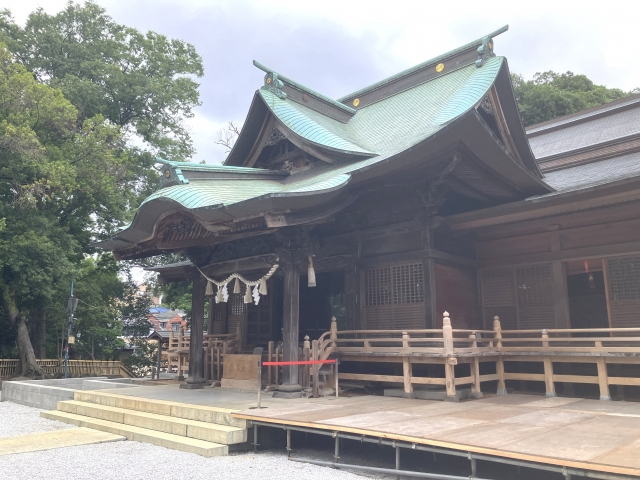
Shioka Kumano Shrine|A complete guide to the history and highlights of this venerable northern Yokohama general shrine and yatagarasu (three-legged crow) shrine, popularly known as a soccer shrine
Shigaoka Kumano Shrine, located in Kohoku-ku, Yokohama, is an ancient shrine with a long history of 1,300 years. The shrine has long been revered as “the greatest spiritual center in the Kanto region,” and in recent years it has also become known as a “soccer shrine” because its yatagarasu (three-legged crow) emblem is the same as that of the Japanese national soccer team. The shrine continues to be loved by many people as the general guardian of the northern part of Yokohama, where the spirits of the three Kumano mountains are enshrined.
Overview and basic information about Shioka Kumano Shrine
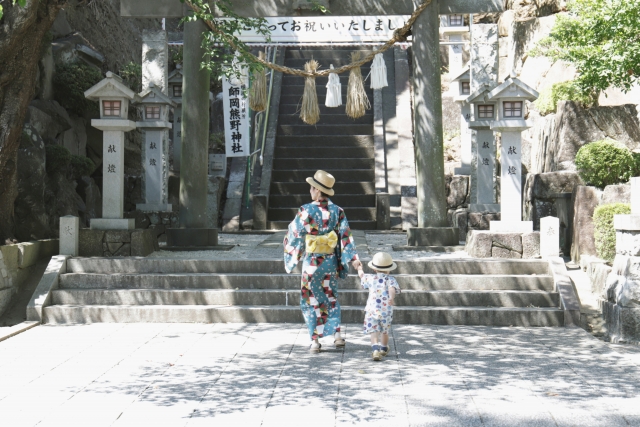
Shioka Kumano Shrine is located in Shioka-cho, Kohoku-ku, Yokohama City. Although its official name is Kumano Shrine, it is called Shioka Kumano Shrine after the name of the place. Formerly a township shrine, it is now well known to local residents as the head shrine of the northern part of Yokohama.
History and Origin
Shigaoka Kumano Shrine is said to have been founded in the first year of the Jingame Era (724), when the monk Zenju is said to have placed a sacred card of Kumano Daigongen that fell from the sky into the hollow of a large noggin tree in the locality and enshrined it. This makes it the first Kumano shrine enshrined in the Kanto region, and it occupies an important position as the basis of Kumano worship in the Kanto region.
In July 885, Emperor Koko sent an imperial envoy, Fujiwara no Yufusa, Rokujo Chunagon, to the shrine to present a plaque reading “Kumano Shrine, the most sacred place in the Kanto region. The title of “The Greatest Spiritual Center in Kanto” is still written on the temple’s signboard and on the shrine’s name, which testifies to the shrine’s prestigious status.
Although the shrine underwent a temporary transition due to the separation of Shinto and Buddhism during the Meiji period (1868-1912), it was listed as one of the local shrines of 33 villages in 1873, and has developed as a central shrine in the community with a wide range of Ujiko (shrine parishioners).
Deities and Benefits
Shigaoka Kumano Shrine enshrines three deities: Izanami no Mikoto, Kotosasano-no Mikoto, and Hayatama no Mikoto. These deities are one with the deities of the three mountains of Kumano in Wakayama Prefecture, and are the essence of Kumano worship.
They have long been worshipped as gods of guidance in life and guardians of one’s feet, and especially as spirit birds used by the gods to guide people lost in the darkness of life to a brighter world of hope, named after the yatagarasu (three-legged crow), the divine crest. In modern times, it is believed to bring a wide range of benefits, including luck in victory, luck at work, good health, longevity, fulfillment of wishes, good fortune, and traffic safety.
Highlights and Features of Shigaoka Kumano Shrine
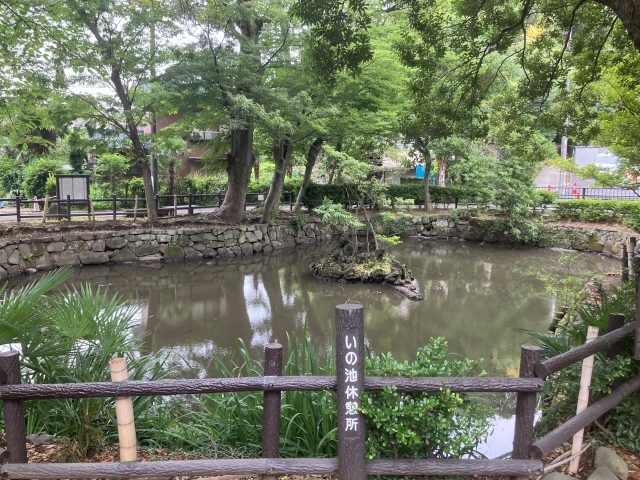
The precincts of Shioka Kumano Shrine cover an expansive area of approximately 4,800 tsubo (approximately 1,860 square meters), where historic buildings are located in a lush natural environment. Worshippers can relax in a quiet space in spite of its urban location.
Architectural and Structural Attractions
The shrine pavilions, which form the center of the shrine precincts, consist of the main hall (gongen-zukuri, persimmon mushroom, Shoutoku 2), the worship hall (gongen-zukuri, copper mushroom, dated 1884), and the cover, mint hall and wing halls (copper roof, 2005), which present a beautiful harmony of architectural styles from different periods. The main hall was built in 1712 (Shoutoku 2) and has a history of over 300 years, characterized by its elegant Gongen-zukuri form.
The hall of worship was built in 1884 and has a beautiful copper roof, creating a solemn appearance to welcome worshipers. The covered hall, mihiden, and wings, newly constructed in 2005, were built with modern technology but still follow the traditional style, creating a perfect blend of the old and the new.
The torii gate at the entrance to the shrine grounds bears an inscription that reads “Kumano Shrine, the Greatest Spiritual Center in Kanto,” indicating the high status of this shrine. The same characters are also engraved on the shrine name marker, showing the weight of the shrine’s long history and traditions.
Nature and scenic beauty
One of the most distinctive features of Shioka Kumano Shrine is that the forest within the shrine grounds, which retains the natural vegetation of a warm-temperate forest composed mainly of akagashi oak, has been designated a Kanagawa Prefecture-designated natural monument. Although located in an urban area, this precious natural environment is protected, and visitors can enjoy beautiful scenery in each of the four seasons.
There is a legend of three ponds called “Ponds of Life” in the precincts of the shrine. There is an interesting history of the “I” pond, which is dedicated to Benzaiten in front of the gate, and the “No” pond, which is used for Shinto rituals, on the hill behind the temple, and together with the “Chi” pond, now buried and turned into Ohsone No. 2 Park, were called the “Inochi” ponds. The existing “I” pond is also a valuable cultural heritage registered as a Yokohama City Registered Regional Cultural Property (Historic Site).
A walking path, “Mikuma-no-dori,” is maintained on Gongenyama behind the shrine building, allowing visitors to enjoy a walk in nature after praying at the shrine. From the Gongenyama Plaza at the top of the mountain, visitors can enjoy a view of the surrounding landscape, a refreshing place to forget the hustle and bustle of the urban area.
Cultural Properties and Important Collections
The Kumano Museum of Local History (holding approximately 2,000 items, including shrine treasures, archaeological materials, folklore materials, swords, and old documents) is located on the grounds of the shrine, and houses many valuable materials that convey the history and culture of the region. In particular, the old documents and treasures that tell the long history of the shrine are important historical materials for understanding the development process of Kumano worship.
It is also worth mentioning that the Shioka Shell Mound, designated as a Yokohama City Historic Site, is located on the slope of Gongenzan Higashi, a mountain behind the shrine. This is a Jomon Period site and provides valuable archaeological evidence that this area has been the site of people’s lives since ancient times.
In addition to the aforementioned shrine forest and “I” pond, the precincts of the shrine are home to a number of treasures that have been carefully preserved over its long history, allowing visitors to experience firsthand the weight of its history.
Why it is popular as a soccer shrine
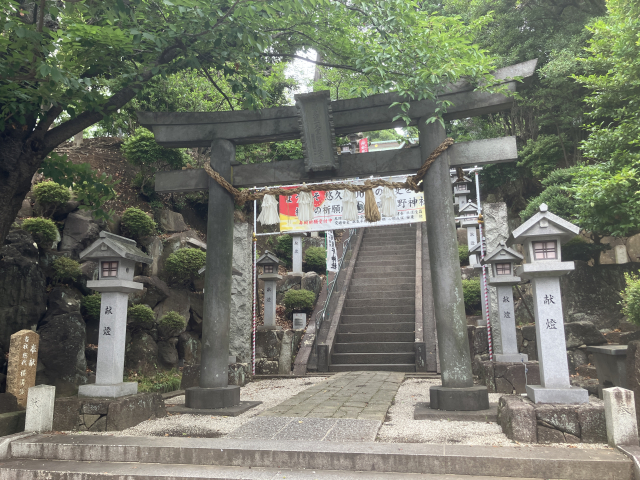
Shigaoka Kumano Shrine became nationally known as a “soccer shrine” because the shrine’s sacred crest and the symbol of the Japan Football Association are the same yatagarasu (three-legged crow). This special connection has made the shrine a special sanctuary for soccer fans.
Relationship between Yatagarasu and the Japan Football Association
The crest of the Shioka Kumano Shrine is the yatagarasu, a three-legged crow. This bird is the messenger of Kumano no Okami, and was used by the first Emperor Jinmu to guide him when he lost his way in the mountains of Kumano. Yatagarasu is depicted as a three-legged sacred bird and is said to be a bird that calls the dawn or invites the sun.
There is an interesting history behind the Japan Football Association’s adoption of the yatagarasu as its symbol. It is said that soccer was introduced to Japan in the early Meiji period (1902), and in 1902, “Assosiation Football” from the United States was translated by Kakunosuke Nakamura. Nakamura’s birthplace was Katsuura in Wakayama Prefecture, near the Kumano Sanzan mountains, and the three legs of the yatagarasu (three-legged crow), which is associated with the foot, encouraged the use of the yatagarasu as the mark.
The yatagarasu, which was established as the mark of the Japanese national team in 1931, is exactly the same as the crest of Kumano Shrine, including the Nishioka Kumano Shrine. This historical background has created a deep spiritual connection between the Shigaoka Kumano Shrine and soccer.
Soccer charms and ema
Since the 2002 Japan-Korea World Cup, Nishioka Kumano Shrine has been distributing “soccer amulets” authorized by the Japan Football Association. The shrine’s emblem is the yatagarasu (three-legged crow), and the Yokohama International Stadium, where the World Cup finals were held, was located nearby, making it an ideal location for the distribution of the amulets.
The amulet is based on the blue color of Japan’s national team, with the emblem Yatagarasu in the center, and has a special design that is believed to bring good luck in guiding people in the right direction. The initial fee is 1,000 yen per amulet, and the amulet has become so popular that about 500 amulets were purchased during the Qatar Games.
The soccer amulets have attracted nationwide attention, with inquiries for amulets coming from as far away as Hokkaido and Kyushu, and applications can be made by mail via cash on delivery. In addition to the amulet, an ema (votive picture tablet) with the official emblem of the Japanese national soccer team is also sold at the shrine, attracting many soccer fans to pray for victory.
Guide to Prayer
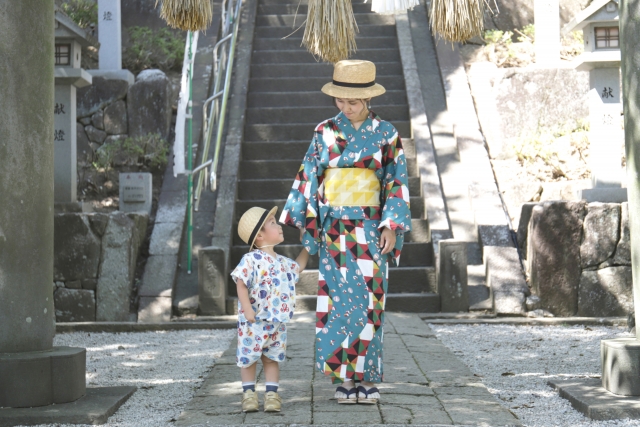
Nishioka Kumano Shrine welcomes many worshippers throughout the year, and by observing proper worship etiquette, visitors can have a more profound experience. In addition, various rituals and events are held throughout the year.
Worship Etiquette and Manners
Worship at shrines begins with bowing in front of the torii gate before entering the shrine grounds. Walk down the approach to the shrine, avoiding the center of the path, and purify your body and mind at the hand-water container before proceeding to the hall of worship. At Nishioka Kumano Shrine, the general manner of worship is “ni-ai ni clap-toe ichi-ai” (two claps, one clap).
Always be aware that the shrine grounds are a sacred place, and refrain from loud conversations and the use of cell phones. Photography is generally permitted, but it is important to avoid taking pictures inside the main shrine or during the rituals, and to remember to be considerate of other visitors.
In particular, Shigaoka Kumano Shrine has a long history as the “Greatest Spiritual Center in the Kanto Region,” so by visiting the shrine with respect, you will be able to receive deeper benefits. Although many people visit the shrine for soccer-related prayers, the basic manners of worship remain the same, so be sure to visit the shrine in a courteous manner.
Annual and Seasonal Events
Various Shinto rituals are held at Nishioka Kumano Shrine throughout the year, including the New Year’s Day Festival, the Tsutsugushi Porridge Ceremony, the Hatsuuma Festival, the Prayer Festival, the Summer Exorcism, the Hoshi Matsuri, the Ceremony to ward off illness, the Benzaiten Festival, the Regular Festival, the Shichigosan Festival, and the Shinnaze Festival.
The most important event, the Regular Festival, is held on August 23 and 24. The festival is a very exciting event, with the portable shrine procession and dedicated performances. Many people visit the shrine every year. This is the time of year when the local community comes together and the shrine is at its most vibrant.
The Tsutsunagushi ritual has a particularly long history, having been performed more than 1,040 times since Tenryaku 3, and is a valuable cultural heritage as a traditional ritual that has continued for more than 1,000 years.
The Natsukoshi-no-Oharai is held on June 30 every year, and is an important ritual to purify people of their sins and impurities for six months. Anyone can participate in the ceremony, and many people take part in it to purify their bodies and souls.
Red Seal and Good Luck Charm Information
The red seal of Shigaoka Kumano Shrine has a special design with the words “Dedication,” “Prominence of Divine Might,” and “Shigaoka Kumano Shrine” written in black ink, and the seals of Yatagarasu, Shigaoka Kumano Shrine, and Kanto Zuichi Daireisho (the Greatest Spiritual Center in Kanto) stamped on it. The amount of money is not fixed, but usually 300 yen is all that is required.
In addition to the aforementioned soccer amulet, a variety of general amulets decorated with yatagarasu (three-legged crow) are also available. These amulets are special ones with the blessing of Kumano Daijin, and are said to be beneficial for guidance in life, protection of the feet, and improved luck in victory.
Red seals can be carefully handled at the shrine office, but due to the new coronavirus countermeasures, only written seals may be awarded, so it is recommended to check the official website for the latest information in advance.
Access/Use Information
Shioka Kumano Shrine is located in a residential area in Kohoku-ku, Yokohama, but is easily accessible by public transportation and by car. Please use this information when planning your visit to the shrine.
Access by Public Transportation
The nearest station is 8 minutes east of Okurayama Station on the Toyoko Line, which is conveniently accessible on foot. To reach the shrine from Okurayama Station, go east from Okurayama Station, cross the elevated Shinkansen line, and turn onto Tsunashima Kaido. You can reach the shrine by the following route: go north on Tsunashima-kaido Road for about 200 meters, and you will see our shrine sign on your right.
The entrance to the approach to the shrine is at the intersection of Kumano Shrine Entrance on Tsunashima Kaido, and there is a monument at the intersection to guide you along the approach, so you will not get lost. After passing through a residential area, you will see a dense grove of trees on a hill, which is easy to recognize as a landmark.
Other than by train, the site is within walking distance of Kotsuke Station on the JR Yokohama Line, and is also accessible from Kikuna and Tsunashima Stations, which are about a 22-minute walk from the site. Since we can be accessed from several stations, you can choose the best route according to your convenience.
For access by car, it takes about 15 minutes from the Shin-Yokohama exit on the Metropolitan Expressway Kanagawa No. 7 Yokohama North Line via Prefectural Route 13 and Loop Route 2.
Hours of Adoration, Fees, and Parking Information
Visiting Shigaoka Kumano Shrine is basically free of charge, and there are no special restrictions on visiting hours. However, red seals and amulets are available at the shrine office from 8:30 a.m. to 5:00 p.m. If you wish to pray, the hours are 9:00-16:00, so it is recommended that you check the hours before visiting.
Admission to the grounds of the shrine is free, but it is recommended that you contact the shrine in advance to inquire about visiting the Kumano Museum, as detailed information about the museum is limited.
Parking is available (approximately 30 cars)* and is free of charge for visitors. However, since crowding is expected during major events such as the annual festival, visitors should consider using public transportation.
Credit cards and electronic money are not accepted on the premises, so visitors should come prepared with cash.
<Address> 1137 Shioka-cho, Kohoku-ku, Yokohama City, Kanagawa Prefecture, 222-0002
Reference site
Shigaoka Kumano Shrine official website: https://www.kumanojinja.or.jp/


